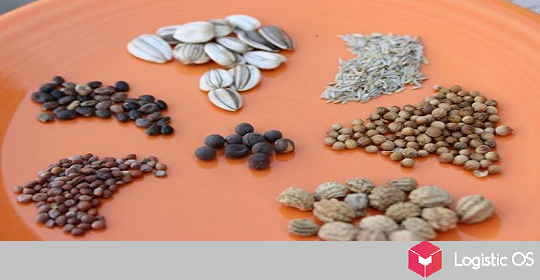Currently, the share of domestic equipment in the Russian market has fallen from 59% to 53%. This is due to the restoration of imports.
According to data for last year, the total cost of equipment imported to the Russian Federation amounted to 103 billion rubles (for January-August). This year, for the same period, this figure amounted to 164 billion rubles, that is, there is a significant increase.
The greatest demand is for grain and forage harvesters, as well as for processing equipment: many enterprises, seeing that raw materials are cheap, resort to it to increase their income.
At the same time, for most other types of equipment there is still a decline in demand.
Many experts are skeptical that the current year shows an increase in import figures.
We have to compare with practically zero, because last year, due to the difficult geopolitical situation, the import of many types of products — including agricultural machinery — was completely impossible.
In fact, imports are now very low.
How are things going with your own production?
On the one hand, most machine-building plants have not abandoned their plans to build and modernize production facilities, and this is a very good sign.
On the other hand, Russia is still far from complete import substitution in this area.
For example, many components needed for equipment are not yet produced in the Russian Federation, but are purchased abroad, for example, in China, because it is much cheaper.
In addition, the reduction to 2 billion rubles in funding under the so-called 1432 program is very noticeable for equipment manufacturers.
The bottom line is that the state provides subsidies to equipment manufacturers if they sell their products at a discount to Russian agricultural enterprises.
There is also a decrease in support for other government programs, including through the provision of preferential loans.
The main problem is the lack of money from agricultural producers
If farmers were doing well financially, they could easily buy the necessary equipment.
But now the situation does not inspire much optimism: world grain prices are falling, export duties remain high, while production costs are constantly rising.
Many experts warn that the result of all this could be a reduction in production volumes in the near future.
Moreover, many manufacturers are now faced with a large amount of carry-over inventory that cannot be sold.
Therefore, in the absence of any measures from the state, the situation may worsen further.

